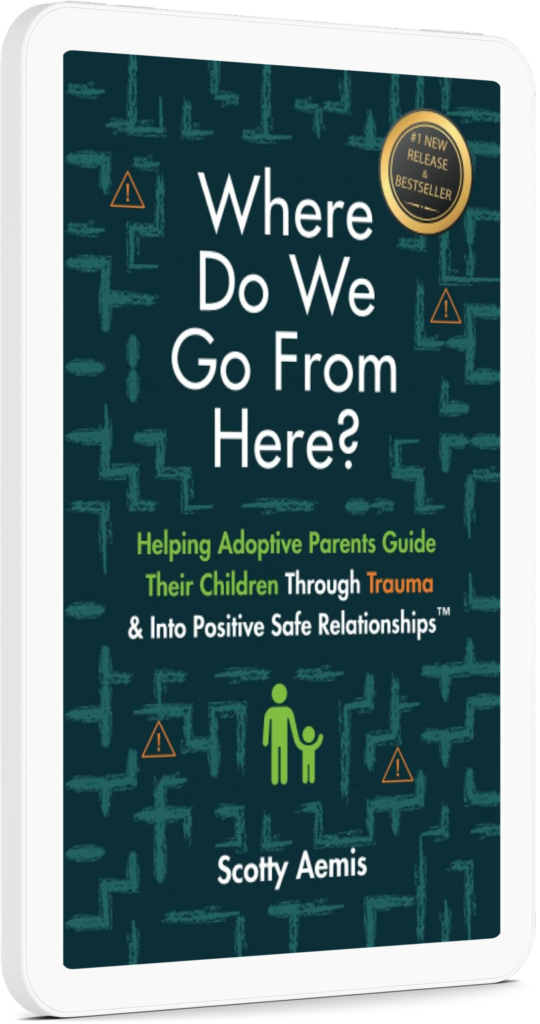And the Benefits of Using Trauma-Informed Care
Trauma of any kind and at any stage of life can leave deep wounds. But that does not mean that a person who has experienced trauma cannot heal from it.
However, it does take the right approach in order for a person to heal from trauma. Old ways of dealing with trauma can actually lead to retraumatization. That is why trauma-informed care is so crucial to helping a person who has experienced adversity to be able to live a fulfilling life.
What is Trauma-Informed Care?
Trauma-informed care shifts the focus and acknowledges the complete picture of a person’s life situation, past and present, in order to provide effective care. So instead of focusing on “What is wrong with you?” it shifts the focus to “What happened to you?” It also recognizes that trauma is a real brain injury that affects a person’s behavior and how they view the world.
Adopting a trauma-informed care approach can improve engagement with the individual who has experienced ACEs (adverse childhood experiences). Involving an individual with ACEs means they are in control of their healing, allowing them to work through their trauma in their own time and way. This is imperative because every person or child has had their own unique traumatic experiences. No two people with trauma are alike and their journey of healing will be different. Also, allowing an individual with ACEs to be part of the treatment making decisions can also mean better adherence to prescribed treatment. This can mean overall better outcomes.
Further, trauma-informed care seeks to:
- Recognize the signs and symptoms of trauma
- Realize the widespread impact of trauma
- Understand pathways for recovery
- Integrate knowledge about trauma into policies, procedures and practices
- Actively avoid retraumatization
The Foundations of Trauma-Informed Care
Trauma-informed care is built on a foundation of creating and building healthy relationships. Often, trauma involves broken trust and relationships. This leads a person with ACEs to have difficulty trusting anyone, particularly those in positions of authority.
However, by establishing safety and building trust, you can begin to help an individual who has suffered from trauma. Safety and trust is what helps them begin to feel comfortable with you and is what allows you to help guide them through their journey of healing in a more effective way.
Another foundation of trauma-informed care is working in collaboration. Everyone who is involved in the life of the individual with trauma (family, friends, religious leaders, educators, etc.), must be on the same page or little to no progress will be made. You must also ensure that the individual with trauma is empowered to make their own decisions. Remember to focus on guiding, rather than telling, to validate their feelings and to teach them techniques that build resilience, such as regulation. These techniques are what allows the brain to heal and form new pathways, allowing a person with trauma to exhibit safe and healthy behaviors, rather than risky or unwanted behaviors.
The Benefits of Trauma-Informed Care
The biggest benefit to trauma-informed care is that it is much more effective than other forms of care that treat trauma. It also avoids retraumatization, which negates any progress made.
Further, a person with trauma has difficulty maintaining healthy and open relationships. But because trauma-informed care allows the patient to engage more fully in their care and healing process as well as validates their feelings, it improves long-term outcomes and success.
Final Thoughts
Having an understanding of how trauma impacts the brain is critical to helping implement effective trauma-informed care at home, school and other settings. Child Trauma Sherpa is here to help educate, inform and guide you through your process of assisting an individual with trauma heal. Here are a few other articles you might be interested in:
Breakthrough Moments with Childhood Trauma


